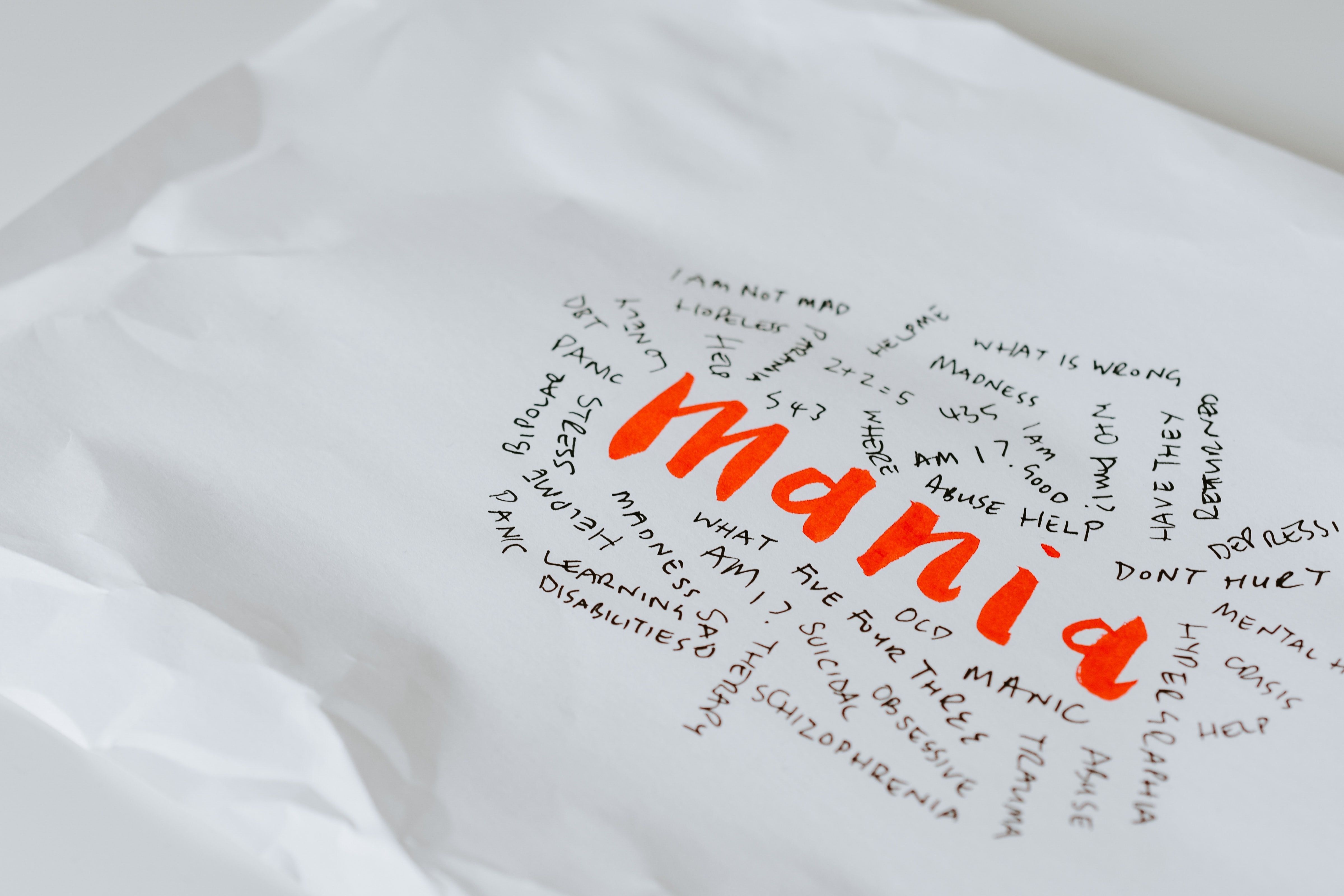Mental Health
Mania and Hypomania: Things You Need to Know
By S.I. (staff writer) , published on November 01, 2022

Medicine Telehealth Health bipolar mentalhealth
What are Mania and Hypomania?
Mania is a state characterized by a period of hyperactive behavior, euphoria, irritability, and mood changes. Hypomania is a less severe form of mania [1]. An episode of mania lasts for a week or so. The symptoms are very obvious. While an episode of hypomania lasts for a few days. The symptoms are noticed by the family but the patient might be unaware of any changes.
Mania vs. Hypomania:
Mania and hypomania differ in the intensity of the symptoms. The symptoms of hypomania are milder as compared to maniac symptoms. Here is a comparison of both [2]:
|
Mania |
Hypomania |
|
Severe symptoms |
Milder symptoms |
|
Lasts for a week or more |
Lasts for a few days |
|
Hallucinations and delusions may occur |
Hallucinations and delusions do not occur |
|
Functional impairment is significant |
Insignificant functional impairment |
|
Hospital visits are common |
Hospital visits are not common |
What are the Symptoms of Mania and Hypomania?
Symptoms of mania and hypomania differ in intensity from person to person. Sometimes, the symptoms are so severe that they affect the relationships of the maniac person. Following are some common signs and symptoms of mania [3]:
- Feeling euphoric
- Feeling elated
- Irritability
- Excitement
- High energy levels
- Hyperactivity
- Very unrealistic self-esteem
- Shopping spree
- Difficulty in sleeping
- Difficulty in paying attention and focusing on a thing
- Being very talkative
- Thoughts of self-harm
- Taking risks
- Racing thoughts
- Rapid speech
- Feeling over-confident
The symptoms of hypomania are similar to those of mania, but they are comparatively less intense.
What are the Causes of Mania and Hypomania?
Mania and hypomania are symptoms of bipolar disorder, the exact cause of which is currently unknown. However, some other causes and risk factors play an important role in bringing about maniac symptoms in a person. These factors include [4]:
- Drug addiction
- Sleep deprivation
- Alcohol abuse
- Medication
- Family history
- Abuse or trauma
- Stress
What are the Treatment Options for Mania and Hypomania?
Mania and hypomania cannot be prevented. Similarly, there is no cure for these. Only symptomatic treatment can help manage mania and hypomania. Medications and therapies are helpful in this regard. Following are the treatment options for mania and hypomania [5]:
- Behavioral therapies: talking sessions, group therapy, individual therapy, and cognitive behavioral therapy can be very helpful in stabilizing mood in maniac patients. Psychotherapy helps in identifying the triggers which ultimately helps in avoiding those triggers.
- Psychotropic medicines: Psychotherapy, combined with psychotropic drugs, can bring the best results. These medicines include mood stabilizers, anti-depressants, anti-psychotics, and anti-convulsant medicines. Sleep-inducing medicines can also be used to induce sleep for a limited period.
- Lifestyle changes: apart from the drugs and therapy; walking, writing a journal, talking to a friend, and maintaining a good sleep-wake cycle can also help manage the symptoms of mania and hypomania.
References:
- https://www.ncbi.nlm.nih.gov/books/NBK493168/
- https://pubmed.ncbi.nlm.nih.gov/29630220/
- https://www.ncbi.nlm.nih.gov/books/NBK493168/#:~:text=The%20defining%20characteristics%20of%20mania,directed%20activity%2C%20and%20psychomotor%20agitation.
- https://www.ncbi.nlm.nih.gov/pmc/articles/PMC6116765/
- https://www.ncbi.nlm.nih.gov/books/NBK558998/
Find articles related to: Medicine Telehealth Health bipolar mentalhealth
More articles about Mental Health
Back to the Health Tips Index




